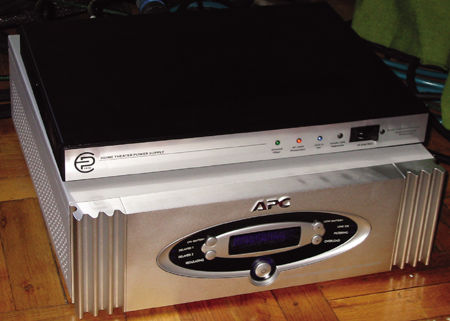| Columns Retired Columns & Blogs |
Hello! I'm fascinated by EP's waveform correction technology. I'm eagerly looking for anyone's feedback on their experiences with these products. If you have any more articles, or can point me toward people with stories about EP, I would be extremely grateful.






































